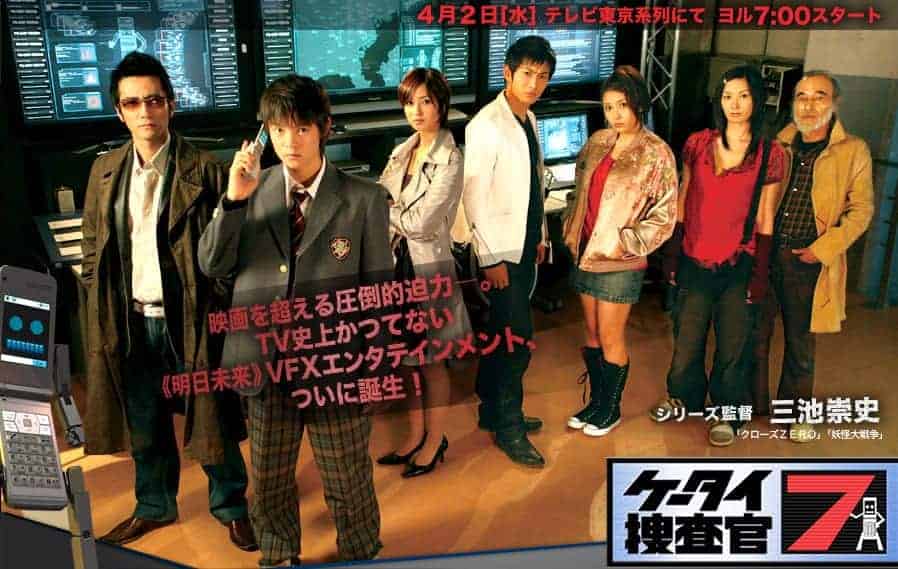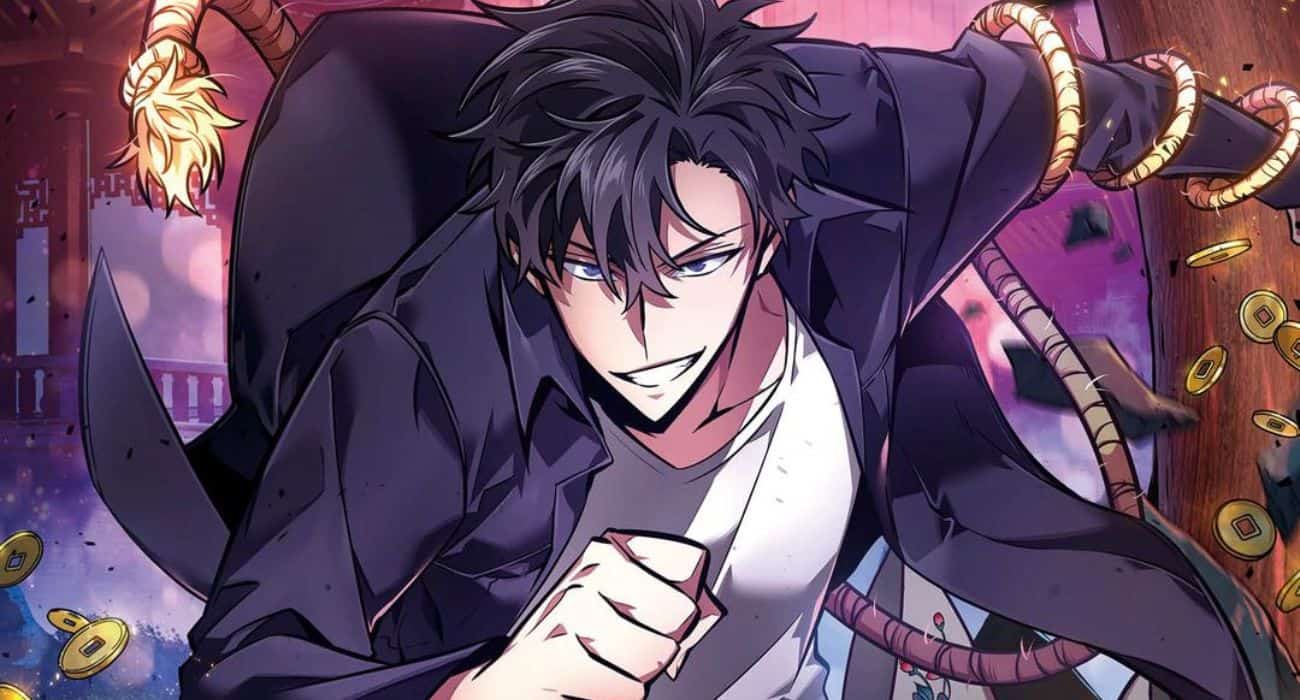“The Lover” is a rarity in k-dramaland in its frank and open approach to sexuality, especially to homosexuality which is rarely encountered in popular culture and in particular television dramas and music videos (while there are certainly a number of MVs that have LGBT storylines and have been very successful, the same cannot be said for those by openly gay idols with the exception of Holland's “Neverland” MV). The fact that homosexuality is still taboo and criminalised in South Korea is at odds with its economic success and modernity. Coming out can ruin a career or end a career before it is even begun. However, while representing homosexual sex is taboo, heterosexuality is also carefully regulated in kdramas. Generally, sex happens off screen and usually only when the heterosexual couple have declared their love for each other. And even then, it seems to take place when the couple are fully dressed and usually not more than once. Desire is regulated in accordance with societal restrictions and norms. In many cases, the kiss is the only visible signifier of desire, increasing in intensity as the series progresses and only when the relationship between the couple is significantly stable.This is the necessary context to Kim Min-seok's 2015 k-drama “The Lover” which aired on Mnet between 2nd April and 25th June 2015.
“The Lover” focuses in on four different couples who live in one apartment block, who we are told are being filmed 24 hours a day and over a period of 77 days. In Apartment 506, a young couple Hwan-jong (Park Jong-hwan) and Sul-eun (Ha Eun-sul), have started living together after dating for just three months. Planning their wedding while slowly discovering each other's ‘bad' habits, causes cracks to appear and these plans go awry. Two couples live on the sixth floor: In Apartment 609, Do-si (Oh Jung-se),a voice actor, and Doo-ri (Ryoo Hyoun-kyoung), a trainee reporter.. They are the oldest couple and have been living together for two years, although they have been together for five years. Financial and social pressures threaten to tear them apart. Next door in Apartment 610, Young-joon (Jung Joon-young), a young and up and coming singer in an idol band, lives with his older girlfriend, Jin-Nyeo (Choi Yeo-jin) who owns a store which sells side-dishes and supports them both. Jin-Nyeo is twelve years older than her musician lover, which places their romance in the Noona category (where the female lead is older than the male lead). Young-joon's sudden success threatens this noona romance as idols are not meant to have partners, as dating is not allowed as they are meant to be the ultimate “boyfriend” or “girlfriend” for their fans. In Apartment 709, live the final couple, Joon-jae (Lee Jae-joon), an introverted loner, and Takuya (Takuya Terada), a Japanese traveller, and his temporary roommate, whose friendship gradually becomes something more, despite Joon-jae's reticence to admit his feelings.

Unlike most k-dramas, “The Lover” does not have an overarching storyline, but rather weaves together vignettes of the daily lives of the four couples as they negotiate societal restrictions which regulate desire constraining it within a heteronormative paradigm with sex restricted to marriage. The show demonstrates how social control over people operates through the self-disciplining of the individual and the subjugation of the self (this is known as biopower which is a term coined by French theorist Foucault) in order to maintain the status quo. At the same time, “The Lover” implicitly critiques societal hypocrisy (if it isn't visible, it doesn't exist) by showing the couples having sex – with the exception of Joon-jae and Takuya whose relationship is not consummated during the series. But it is necessary to point out that we don't see any of the couples having sex in the manner in which we would in much English language television that deals with adult relationships. Instead the gaze is directed elsewhere when it takes place and metaphor and allusion are used to represent what is generally unrepresentable in k-dramas. This is particularly true of the relationship between Takuya and Joon-jae in which same sex desire has to be displaced onto objects in order to be communicated to the viewer: in one scene, Takuya constructs a phallus from the egg shells of eggs that Joon-jae is using to make an omelette. In the same scene, a face massage roller is caressed and passed between the two men: again alluding to sex without directly showing it. This is reminiscent of how film noir and screwball comedies in the 1930's and 1940's were forced to utilise both verbal and visual cues to communicate sexual desire and sex.
On a linguistic level, this is addressed through innuendo and banter while on a visual level, it is expressed through the composition of the mise-en-scene, use of props and costume. This is perhaps most clearly seen in the interactions between Joon-jae and Takuya. In the first episode, the young men have a conversation about their clothes when unpacking Takuya's belongings: Takuya mentions ‘jaji': a word that is similar to the Korean one for penis, to Joon-jae's bemusement (I have to give credit to the DramaFever subbers here) and the viewer's amusement. In a deleted scene, Joon-jae massages moisturising cream over Takuya's back. Here Takuya is wearing Joon-jae's trousers which have an extra large safety pin on the left leg. In the 1980's, safety pins were worn by gay men as a symbol for safe sex and support. More recently however, wearing safety pins has become a way of demonstrating support for marginalised others, including LGBTQ identifying individuals and members of ethnic minorities. Given the nature of the relationship between the two young men, it doesn't seem to be a stretch to read the safety pin here as visible evidence of Joon-jae's support for the LGBTQ community, if not his identification with it.
Written by Kim Min Suk II and directed by Kim Tae Eun III, and with a mainly Korean indie OST, “The Lover” achieves a level of authenticity in its representation of the pressures that underlie relationships in contemporary South Korea, especially in the manner in which schisms between couples are often the result of misunderstandings which are deepened by the regulation and production of particular types of privileged (hetero)sexuality. Given the diversity of relationships represented here, it is hard not to empathise with the day-to-day struggles of at least one of the couples. “The Lover” is definitely not – and I mean this in a good way – your typical k-drama, and is well worth watching a result. The presentation of sex same desire here was groundbreaking in 2015 and unfortunately we seem to be no further forward in 2018. Representation matters especially for those identity formations that are oppressed. I can only hope that “The Lover” doesn't become the exception that proves the rule.















